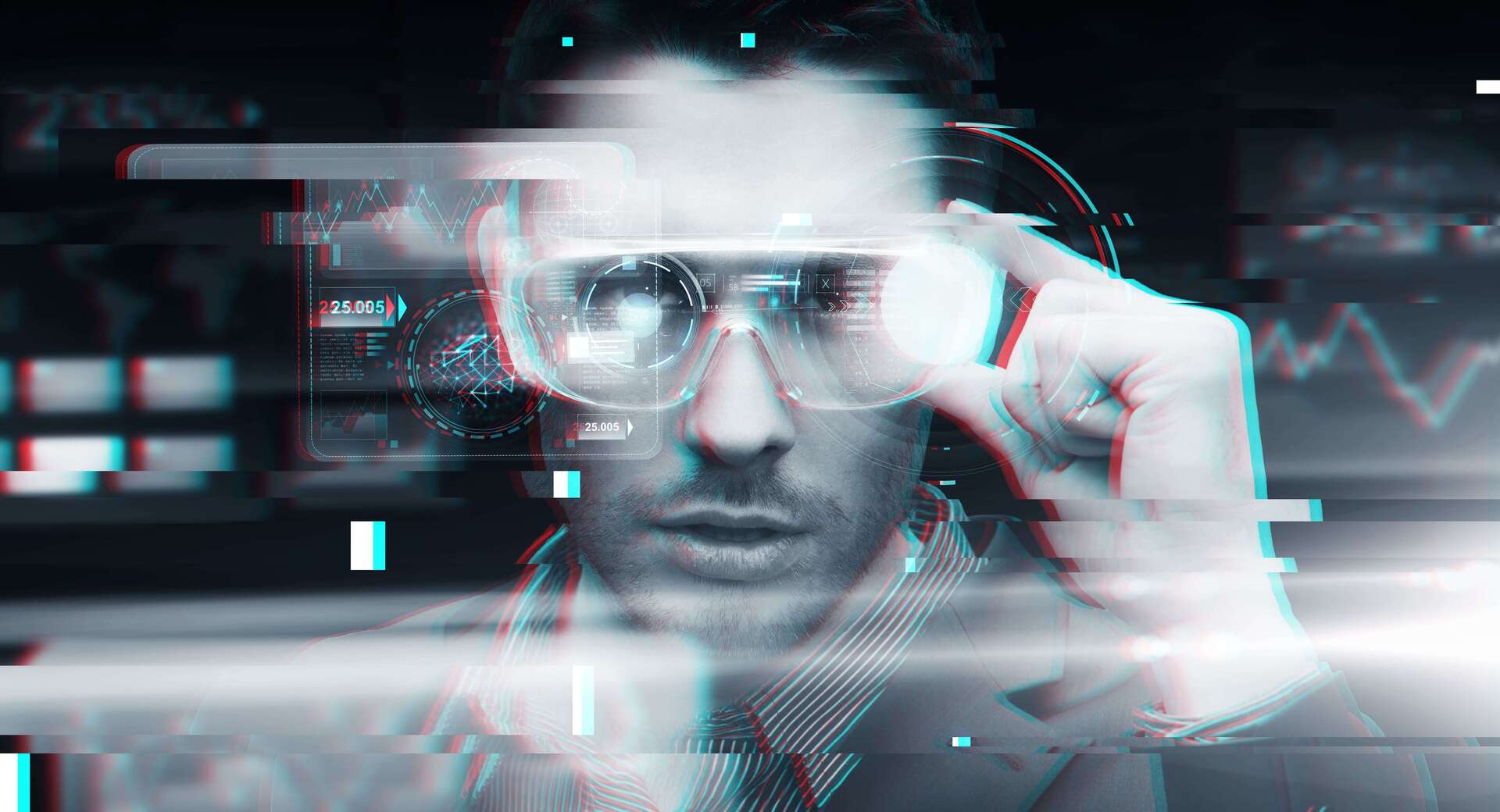
FAQ About Augmented Reality
Augmented Reality
2 years ago | gizem
How does Augmented Reality work?
Augmented Reality (AR) works by overlaying virtual content onto the real world in real-time. The process typically involves the following steps:
- Sensor Data Capture: AR devices, such as smartphones or AR headsets, capture data from various sensors like cameras, gyroscopes, accelerometers, and depth sensors. This data helps to understand the user's physical environment and movements.
- Environment Mapping: The AR system creates a digital representation of the real-world environment by mapping and tracking physical objects, surfaces, and features. This mapping helps to anchor virtual content accurately in the real world.
- Computer Vision and Image Processing: Computer vision algorithms analyze the sensor data to identify and track key visual markers, patterns, or features in the environment. This allows the AR system to understand the user's position, orientation, and interactions within the real world.
- Virtual Content Generation: Based on the information gathered from the sensors and environment mapping, the AR system generates or retrieves appropriate virtual content, such as images, 3D models, videos, or text. This content is aligned and positioned correctly within the user's view, considering the user's perspective and the physical environment.
- Rendering and Display: The AR system renders the virtual content and combines it with the live video feed from the device's camera or the user's view. The resulting augmented view is then displayed on the device's screen or through an AR headset, allowing the user to see the real world overlaid with virtual elements.
- Real-Time Interaction: Users can interact with the virtual content and the real world through various input methods, such as touch gestures, voice commands, or motion tracking. The AR system responds to these interactions, updating the virtual content or triggering specific actions accordingly.
- Continual Tracking and Adjustment: The AR system continually tracks the user's movements and updates the position and alignment of the virtual content in real-time. This ensures that the virtual elements remain anchored in the correct physical location as the user moves or the environment changes.
